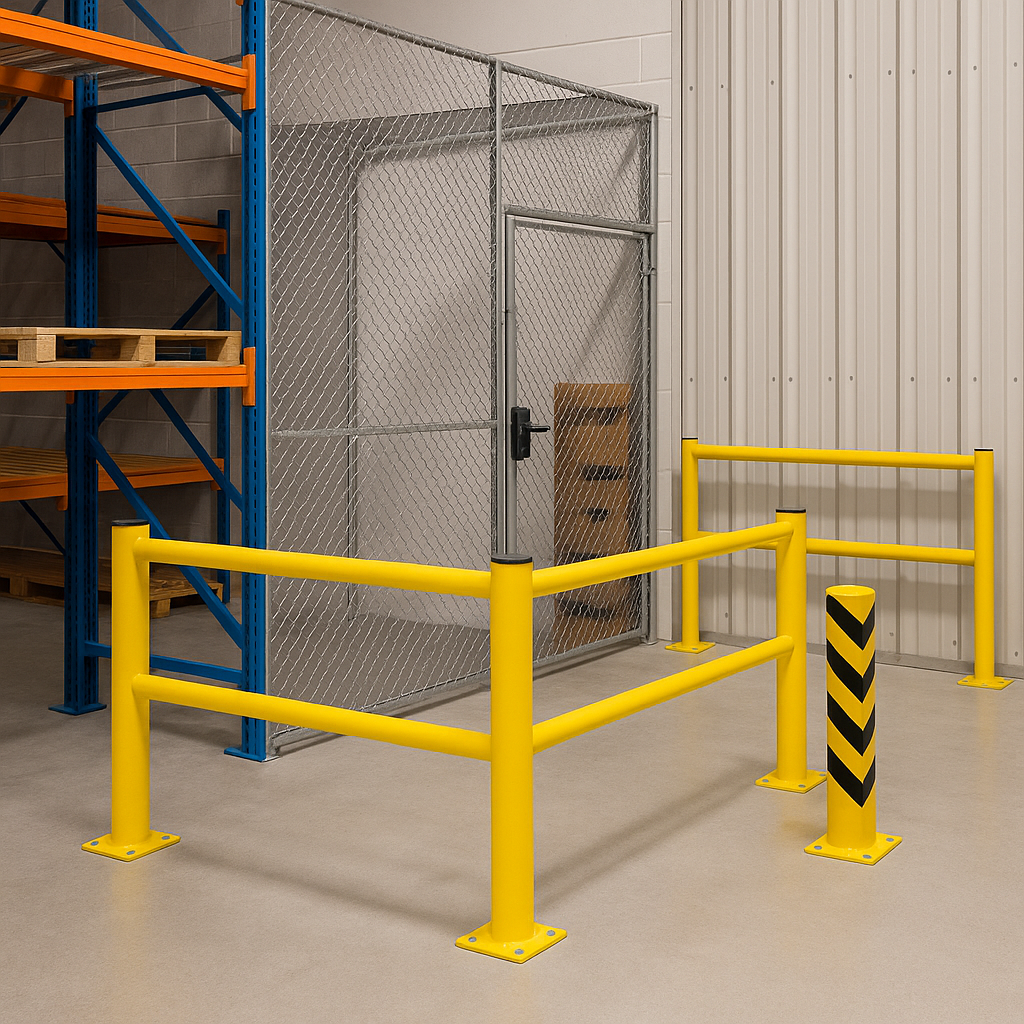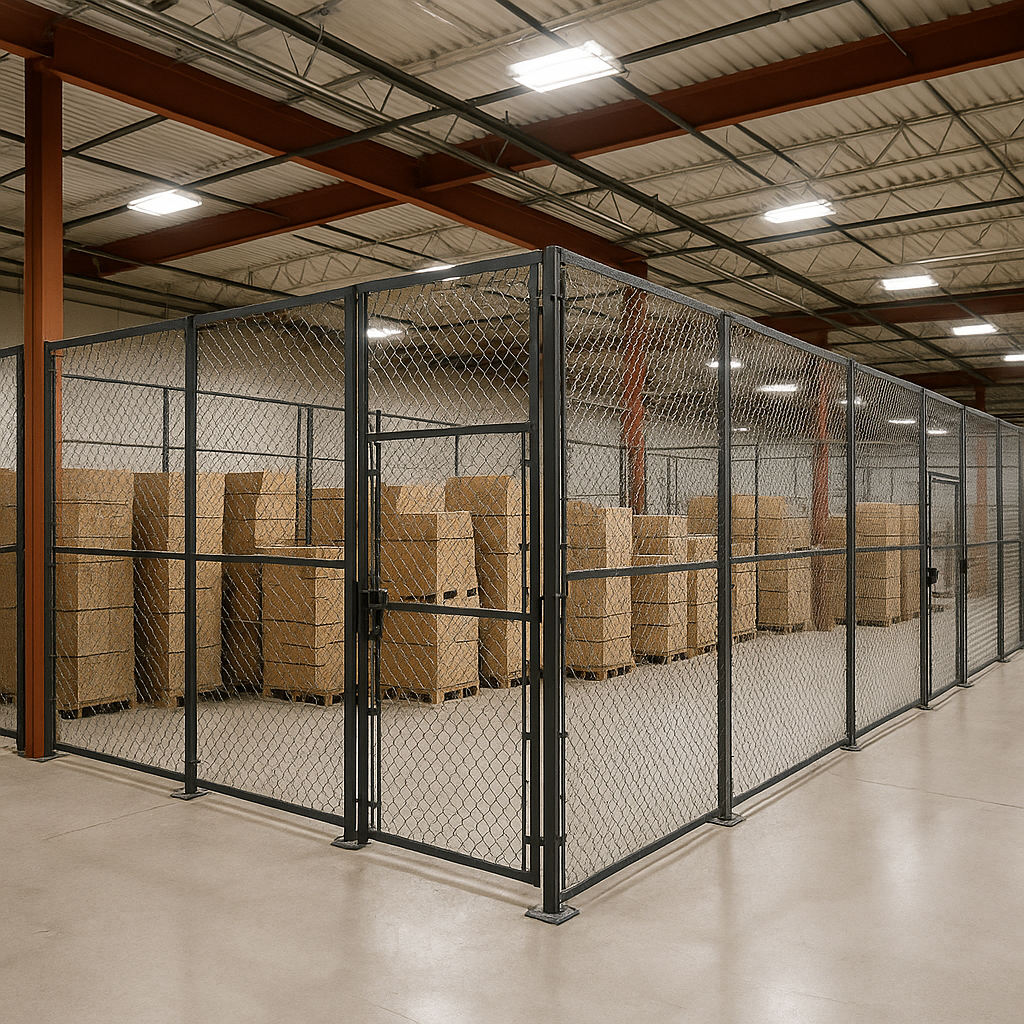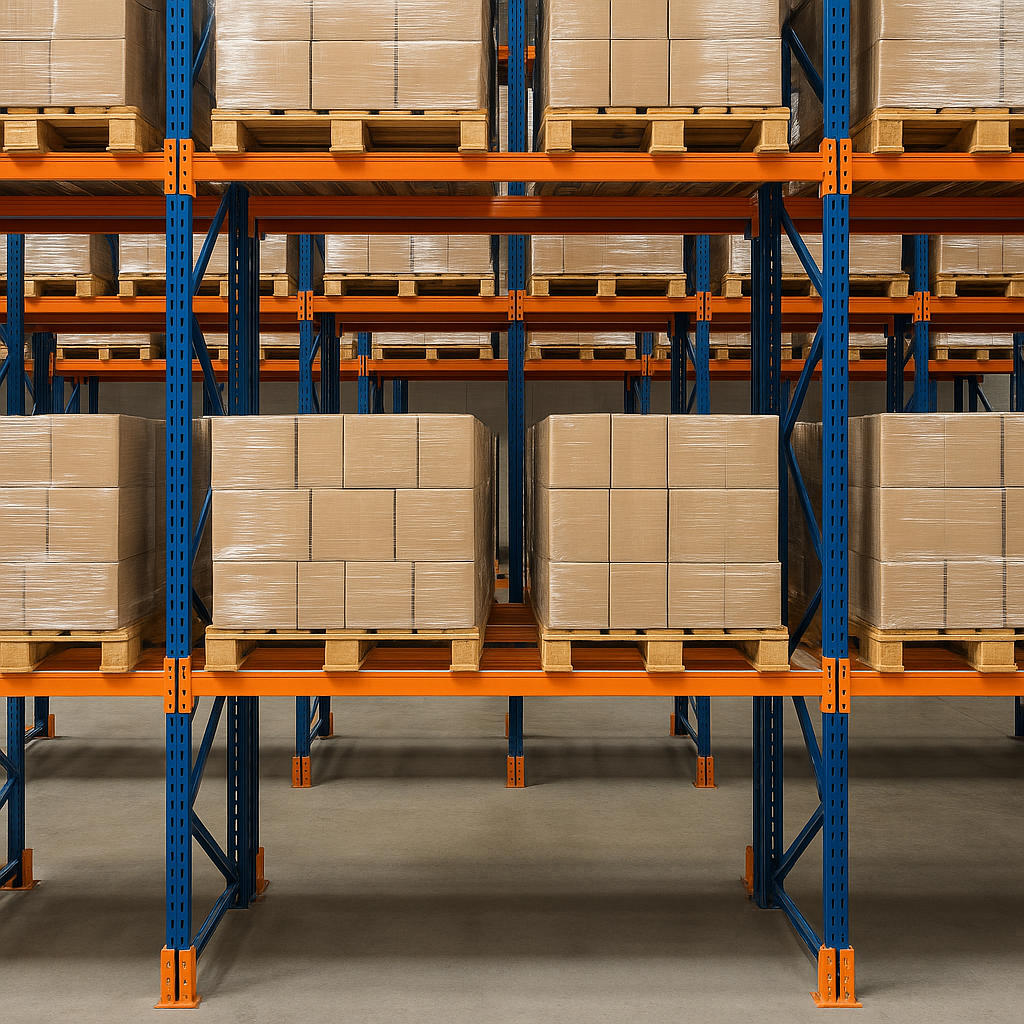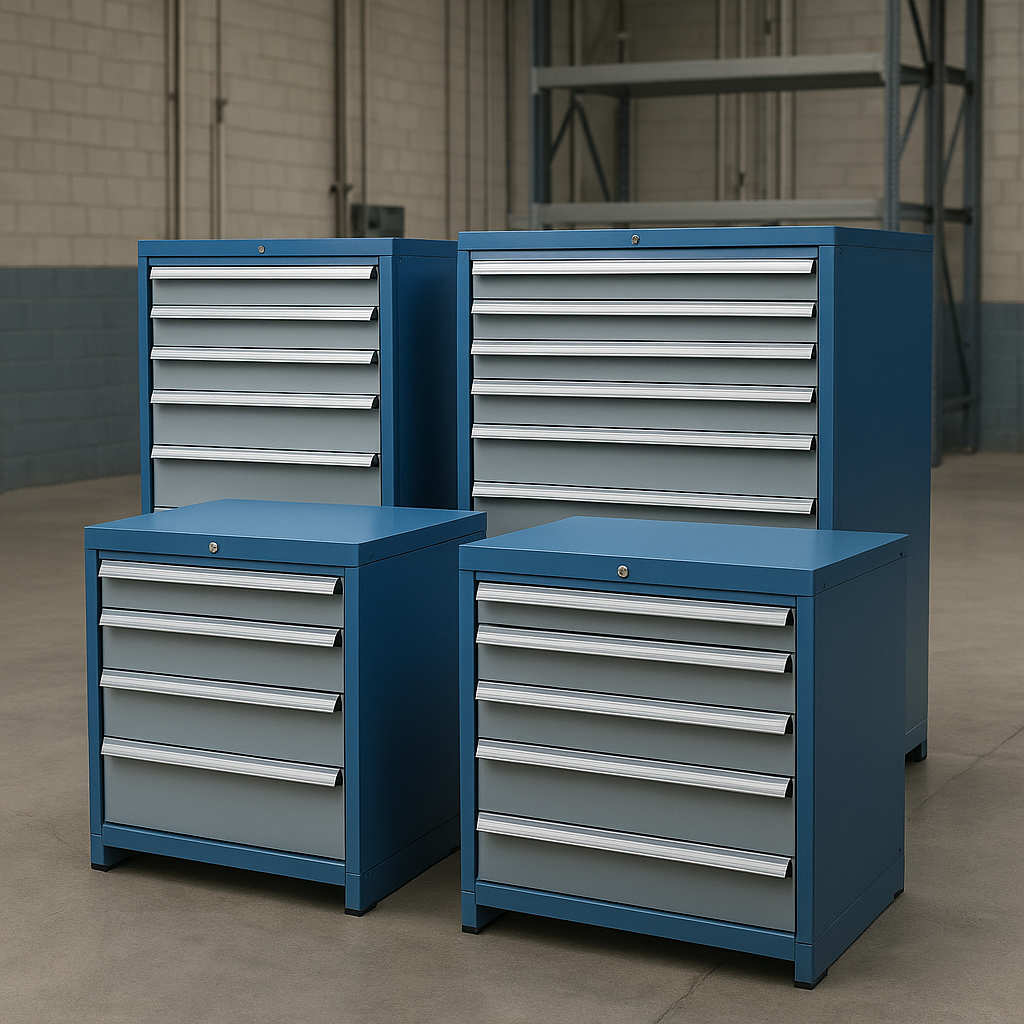In a modern warehouse or distribution center, operational efficiency starts with having the right tools in place. Whether you’re storing, stacking, lifting, or transporting, your choice of material handling equipment directly affects your productivity, safety, and bottom line.
But with so many options—from pallet jacks and forklifts to pallet racking systems and conveyors—how do you know what’s right for your operation?
In this guide, we’ll break down the essential types of material handling equipment, how each one functions, and how to match them to your warehouse’s layout, load requirements, and workflow.
Why Material Handling Equipment Matters
Efficient material handling isn’t just about moving goods from Point A to Point B. It’s about reducing waste, minimizing labor, optimizing space, and protecting both people and products. The right mix of equipment makes your operation more agile, safer, and better prepared for scale.
By evaluating your warehouse’s floor-to-rack needs, you can invest in tools that support your team, protect your inventory, and streamline your workflow.
Key Categories of Material Handling Equipment
🔧 1. Pallet Jacks: The Entry-Level Essential
Pallet jacks (also known as pump trucks) are the most basic and widely used material handling equipment in any warehouse. They’re ideal for moving pallets over short distances and are a cost-effective tool for loading and unloading trucks, restocking floor inventory, or navigating tight aisles.
Types of pallet jacks:
- Manual Pallet Jacks: Affordable and low-maintenance. Best for smaller operations or low-volume use.
- Electric Pallet Jacks: Powered models that reduce strain on operators and increase speed, ideal for larger facilities or frequent material transport.
Best For: Short-haul pallet movement, light to medium-duty tasks, and small to mid-sized warehouse floors.
🚜 2. Forklifts: Heavy-Duty Handling and Lifting
For heavier loads and higher lifts, forklifts are the workhorses of warehouse operations. These versatile machines come in a range of models with varying lift heights, load capacities, and maneuverability.
Common forklift types:
- Counterbalance Forklifts: The most traditional type, ideal for loading and unloading goods from trucks or moving materials to and from racking systems.
- Reach Trucks: Designed for tight aisles and vertical racking. Great for high-density storage.
- Order Pickers: Allow workers to access individual items at height—ideal for eCommerce and pick-pack operations.
Key Considerations:
- Aisle width and turning radius
- Floor type (indoor vs. outdoor use)
- Fuel source (electric vs. propane/diesel)
- Operator training and licensing requirements
Best For: Mid- to high-volume operations, lifting goods to upper rack levels, and maneuvering heavier or bulkier items.
🧱 3. Pallet Racking Systems: Structuring Your Storage
Efficient vertical storage begins with smart pallet racking systems. The right racking system not only maximizes cubic space but also supports faster picking, safer stacking, and smoother traffic flow.
Popular types of pallet racking systems:
- Selective Racking: The most common system—provides direct access to every pallet.
- Drive-In/Drive-Thru Racking: Ideal for high-density storage of similar SKUs with fewer pick faces.
- Push-Back Racking: Great for LIFO (Last In, First Out) systems, saving space by allowing multiple pallets to be stored in a single lane.
- Pallet Flow Racking: Uses gravity rollers for FIFO (First In, First Out) operations—ideal for food and beverage or perishable goods.
When choosing racking, consider:
- Load size and weight
- Product turnover rate
- Forklift compatibility
- Warehouse ceiling height and square footage
Best For: Organizing large volumes of palletized goods, maximizing vertical space, and creating clear inventory zones.
📦 4. Conveyors, Carts, and Accessories
While often overlooked, accessories like gravity conveyors, rolling carts, and lift tables can dramatically enhance efficiency at packing stations or in high-throughput areas.
Use cases:
- Moving cartons or totes through fulfillment lines
- Reducing strain on workers at repetitive lift-and-move stations
- Supporting sortation and consolidation workflows
Best For: High-velocity product movement, packaging and sorting stations, or improving ergonomics.
How to Choose the Right Equipment for Your Operation
Every warehouse has unique needs, and a one-size-fits-all approach rarely works. To choose the right material handling equipment, consider the following:
🧠 1. Analyze Your Workflow
- Are you picking full pallets, cases, or individual items?
- How far and how often are items being moved?
- What bottlenecks currently slow down operations?
🏗 2. Evaluate Your Space
- How high can you store inventory?
- What’s the width of your aisles?
- Are there any obstructions or uneven floor surfaces?
📦 3. Consider Load Requirements
- What’s the average weight and size of your loads?
- Are you dealing with fragile items, irregular shapes, or bulk goods?
- Do you need to store items long-term or move them quickly?
💡 4. Plan for Scalability
Your warehouse may grow in volume, product types, or shipping demands. Choose equipment that can scale or adapt—modular racking, electric jacks, or hybrid solutions often offer flexibility.
WT Hight: Your Material Handling Partner
At WT Hight, we understand that the right material handling equipment is the foundation of an efficient warehouse. Whether you need advice on the best pallet jacks, a customized pallet racking system, or a full equipment plan from ground to rack, our team can help you make smart, strategic investments.
We offer:
- Equipment sourcing from top-tier manufacturers
- Custom warehouse layout and design services
- Installation, training, and ongoing support
- Safety and load capacity consulting
Final Thoughts
Choosing the right material handling equipment is more than a purchasing decision—it’s an operational strategy. From pallet jacks on the floor to forklifts in the aisles and racking systems in the sky, every piece plays a role in how efficiently your warehouse runs.
If you’re looking to optimize your warehouse from the ground up, WT Hight is here to help.








